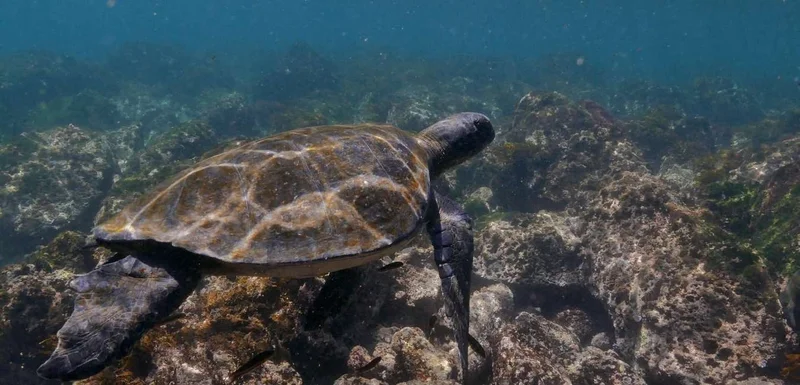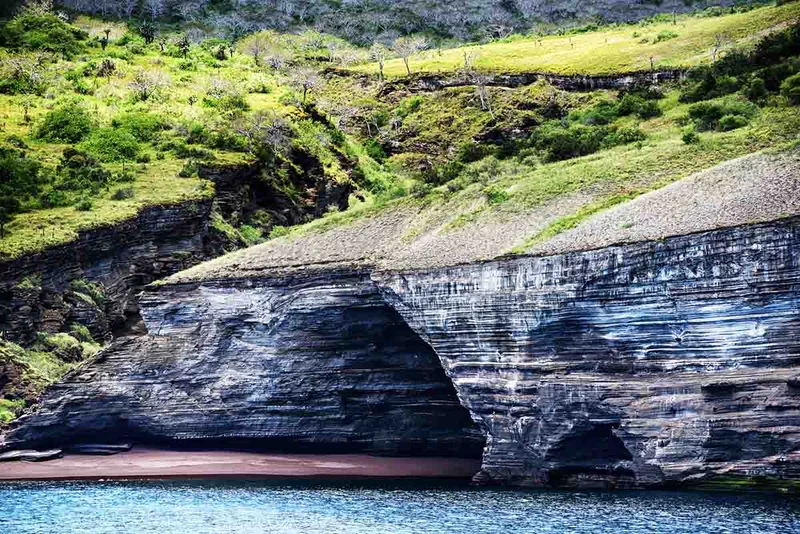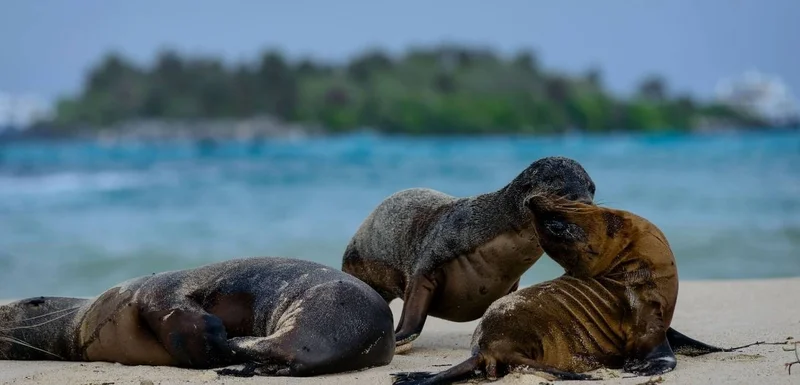
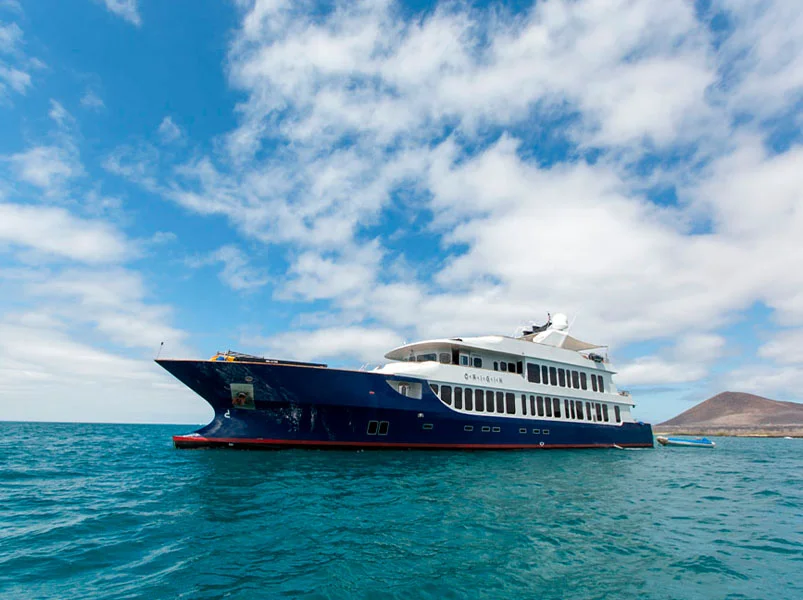
Explore the wonders of the Galapagos on this 8-day itinerary. Encounter unique wildlife, from red-footed boobies to giant tortoises. Highlights include snorkeling with sea lions, exploring volcanic landscapes, and learning about conservation at the Charles Darwin Research Station. Experience the pristine beauty and diversity of these enchanted islands.
8 Day Galapagos Itinerary
Day 1: San Cristobal Island: La Galapaguera
Fly to Puerto Baquerizo Moreno (SCY) on San Cristobal Island, and transfer by bus then Zodiac to the Origin anchored in the bay. After a welcome briefing and safety drill, a delicious buffet lunch is served on board. In the afternoon, travel to Cerro Colorado to visit Centro de Crianza Jacinto Gordillo (La Galapaguera) where the national park has established a breeding program for giant tortoises in their natural habitat. At the visitor center, learn about the origin and evolution of tortoises, as well as threats from introduced animals. Along the trail, watch for the San Cristobal mockingbird and Calandrinia plant, both endemic to this island. Return to the Origin for a briefing followed by our Captain’s welcome cocktail party and dinner prepared by our chefs.
Day 2: Genovesa Island: Darwin Bay & Prince Philips Steps
Spend the entire day on Genovesa(TOWER) Island, one of the most spectacular places in Galapagos for bird species. Land at Prince Philip’s Steps, where red-footed boobies nest in palo santo trees, Nazca boobies nest near the trail, and storm petrels gather in large numbers in an open lava field. With luck, you may see the elusive short-eared owl. Return to the ORIGIN for a BBQ lunch on the sun deck. Chose to paddle from a kayak or stand-up paddle board and explore the cliffs. Look for the red-billed tropic bird hiding in the crevices or snorkel in deeper water from the Zodiac. Land at Darwin Bay, a coral sand beach where swallow-tailed and lava gulls gather near the tide pools. Enter a forest of Optuntia cactus and mangroves where colonies of great frigatebirds nest, the males inflating their red-throated pouches to attract females as they fly overhead. Chose to relax on the beach or swim with sea lions in these northern warmer waters. Return to the yacht for a briefing followed by dinner and an evening full of stars.
Day 3: Santa Cruz Island: Las Bachas Beach & Cerro Dragon
Today we visit Las Bachas, (Spanish for barges) on the northern side of Santa Cruz. Explore the long stretch of a white sand beach and the interior lagoons populated by greater flamingo, then take the opportunity for some wonderful snorkeling from the beach. Return to the ORIGIN for lunch. This afternoon, step shore on Cerro Dragon (Dragon Hill) for a majestic view of the bay and the island landscape covered in opuntia cactus, palo santo and muyuyo (Cordia letea). The trail also offers excellent opportunities to see Darwin’s finches, Galapagos flycatchers, yellow warblers, Audubon shearwater, as well as the endemic land iguanas, that were once part of the Station’s breeding program. In the saltwater lagoon, pink flamingos feed alongside other birds such as stilts, pintail ducks and sandpipers. After the briefing and dinner, we sail toward the western islands and cross the equator for the second time.
Day 4: Isabela Island: Punta Vicente Roca & Urbina Bay
This morning we visit Punta Vicente Roca on a Zodiac ride offering an incredible view of the tuff walls, where we can enter the wave-sculpted cave. There is an excellent chance to snorkel here and find penguins and sea turtles that frequent this area. During lunch, we sail through the Bolivar Chanel. Then take a seat on deck to view the dramatic scenery and watch for whales and dolphins riding the bow wave, and occasionally the Mola Mola, an odd looking giant sun fish. Disembark at Urbina Bay on ISABELA Island, where four miles of coastal seabed were exposed due to a dramatic uplift during a volcanic eruption in 1954. See the remnants of coral skeletons, some of them waist-high, and keep an eye out for the very large and colorful Galapagos land iguanas, as well as marine iguanas, Darwin’s finches, brown pelicans, flightless cormorants, and the occasional giant tortoise. Return to the ORIGIN for briefing and dinner. A sky full of stars beckons to go on deck and observe the galaxy.
Day 5: Isabela Island: Punta Espinoza & Fernandina Island: Tagus Cove
This morning’s stop is at Punta Espinoza on Fernandina, the youngest and most pristine Island in Galapagos, with no introduced animals. Recent lava flows formed by an active volcano stretch their way around the coast. Observe sea lion harems with resident bulls carefully guarding their territory, and hundreds of marine Iguanas, the largest colony in Galapagos, basking in the sun along the rugged shoreline. Out on the point, the Flightless Cormorants build their nests close to shore since they lost their ability to fly. There is a chance to snorkel here with large sea turtles that frequent this area before returning to the Origin for lunch.
Go ashore on Tagus Cove, a favorite anchorage for pirates and whalers over the centuries. Sections of the rocky cliffs are covered with graffiti dating back to the 1800s. An uphill hike leads to a saltwater lagoon and a scenic overlook with a spectacular view of the ocean, lava fields and volcanic formations. Take advantage of the secluded cove and explore the shoreline by kayak or stand up paddle board in search of Galapagos penguins, boobies, pelicans and other seabirds. Return to the ORIGIN for briefing and dinner as we cross the Equator for the last time.
Day 6: Rabida Island & Santa Cruz Island: Black Turtle Cove
This morning, disembark on RABIDA (Jervis), a small Island considered the geographic center of Galapagos because its volcanic rocks are the most diversified in the archipelago. The dark red color of the beach comes from the high iron content in the volcanic stones. Follow the trail to a saltwater lagoon where greater flamingos migrate, keeping an eye out for marine iguanas, mockingbirds, yellow warblers and Darwin’s finches. Afterwards, do not miss the opportunity to snorkel with a colony of sea lions and rays. Return to the ORIGIN for lunch. This afternoon, there is a Zodiac ride at Caleta Tortuga Negra (Black Turtle Cove) through a series of coves and inlets surrounded by mangroves. View pairs of mating sea turtles (Sept to Feb), white-tipped reef sharks and golden cow-nosed rays. We return to the ORIGIN for the Captain’s Farwell cocktail party and dinner as well as a special slide show presentation by your guides.
Day 7: Santa Cruz Island: Highlands & Charles Darwin Station
Disembark at Puerto Ayora, Santa Cruz Island, the social hear of the Galapagos, with a population of 24,000. Travel by bus to the highlands, passing through all seven vegetation zones found in Galapagos. Visit a tortoise reserve on a private farm that protects giant tortoises in their natural habitat. Stop at the Tunnels, the largest lava tubes in the archipelago, and visit Los Gemelos, (The Twins), a pair of large craters. Return to the Origin for lunch on board. This afternoon we visit the Centro de Crianza Fausto Llerena (formerly known as the Charles Darwin Research Station). Visit the tortoise corals and the breeding center with hatchlings and miniature tortoises that will be repatriated when grown. Scientists from all over the globe conduct biological research at the station from anatomy to zoology. Visit the new exhibit honoring Lonesome George, a worldwide icon of conservation as the last surviving tortoise from Pinta Island that tragically died of natural causes. Stroll through town to shop for souvenirs or stop at an internet café. Return to the Origin for dinner or, if you wish, remain ashore for dinner on your own. Zodiac shuttles from Origin to the main dock will be offered throughout the evening.
Day 8: San Cristobal Island: Interpretation Center & Departure
Travel by bus to the Interpretation Center on San Cristobal to gain a more complete understanding of the natural and human history of the Islands. Afterwards, spend time in port before heading to the airport for your flight back to the mainland.

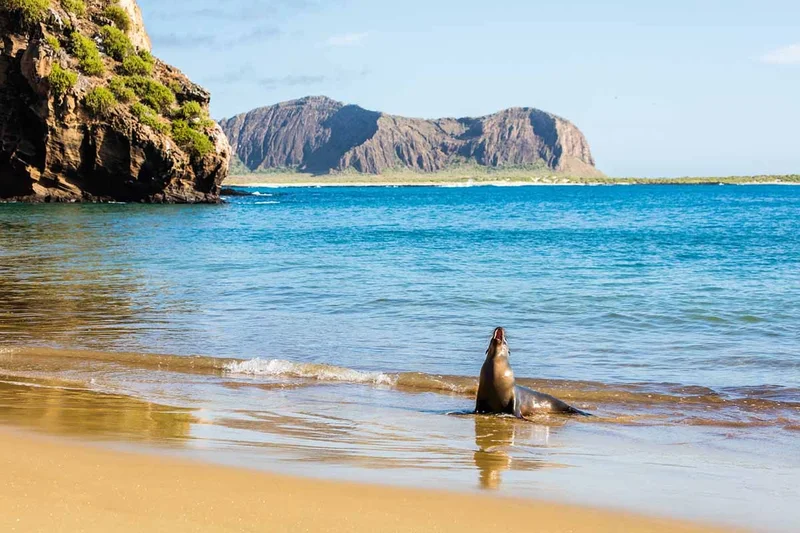
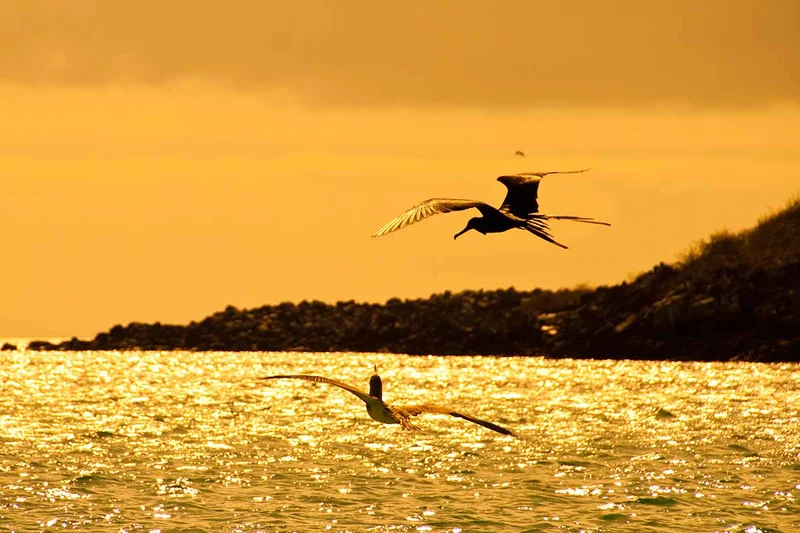
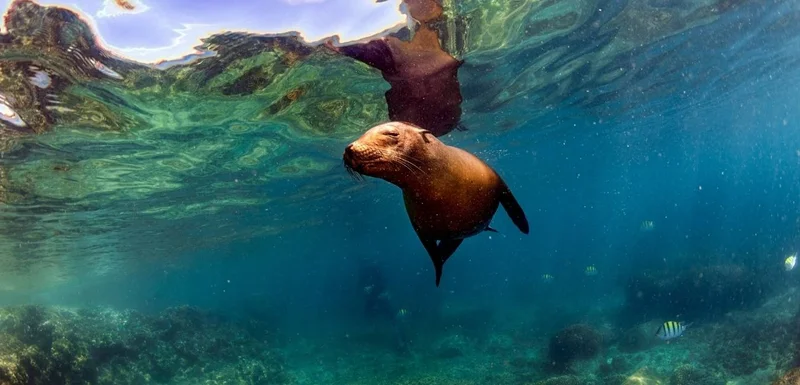
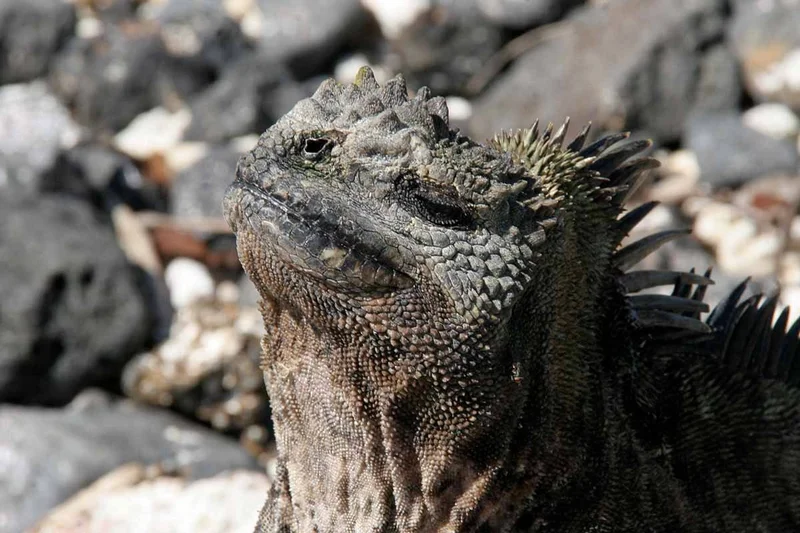
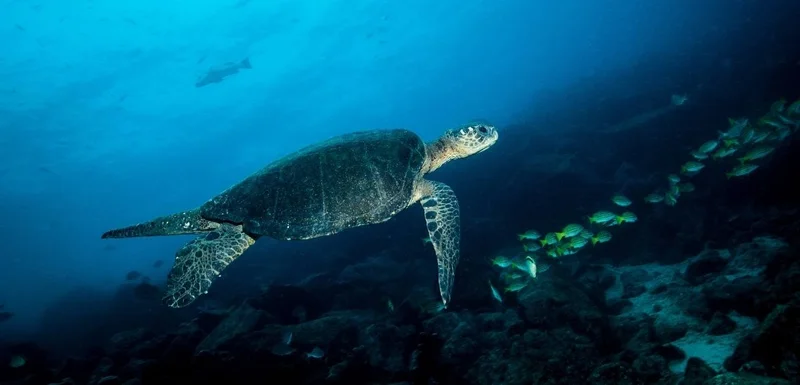


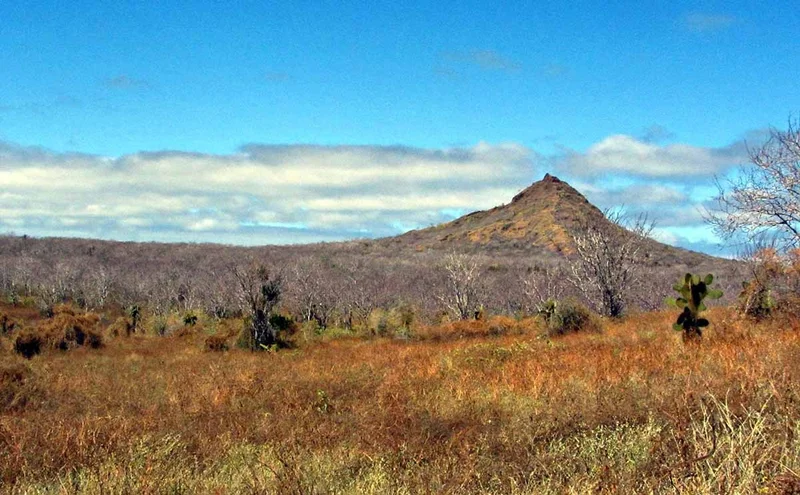

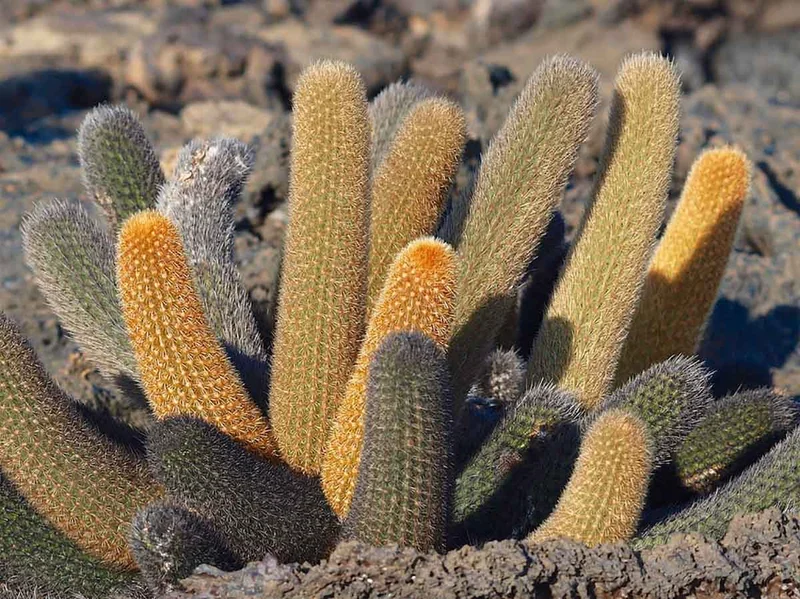

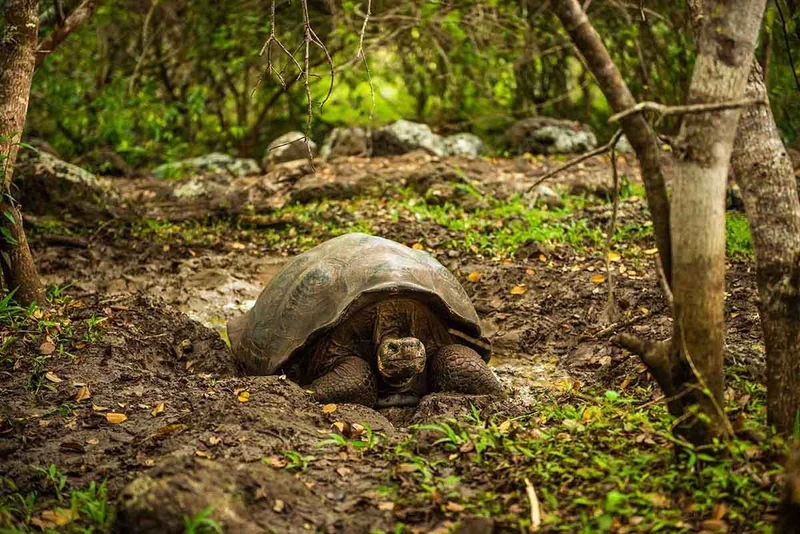


8 Day Galapagos Itinerary Highlights
- See protected Tortoises in semi-wild state at Galapaguera in San Cristobal Highlands.
- The enchantment of Darwin Bay at Genovesa Island.
- Charming pink flamingos and land-iguanas at white-sand Bachas Beach.
- Explore the live-filled ocean waters at Vicente Roca Point.
- The marvels of evolution at Fernandina: penguins, marine iguanas and flightless cormorant.
- See different Darwin’s Finch species at Rabida Island.
- Relevant visit to create conservancy conscience at Charles Darwin Station.
Itinerary Map

Reviews
Animals you might see on this itinerary:
More information about the Galapagos Islands you visit in this 8 day itinerary:
Galapagos Isles Western Voyage 8-Day Cruise - Origin Yacht
Why travel with us?
Similar Itineraries

